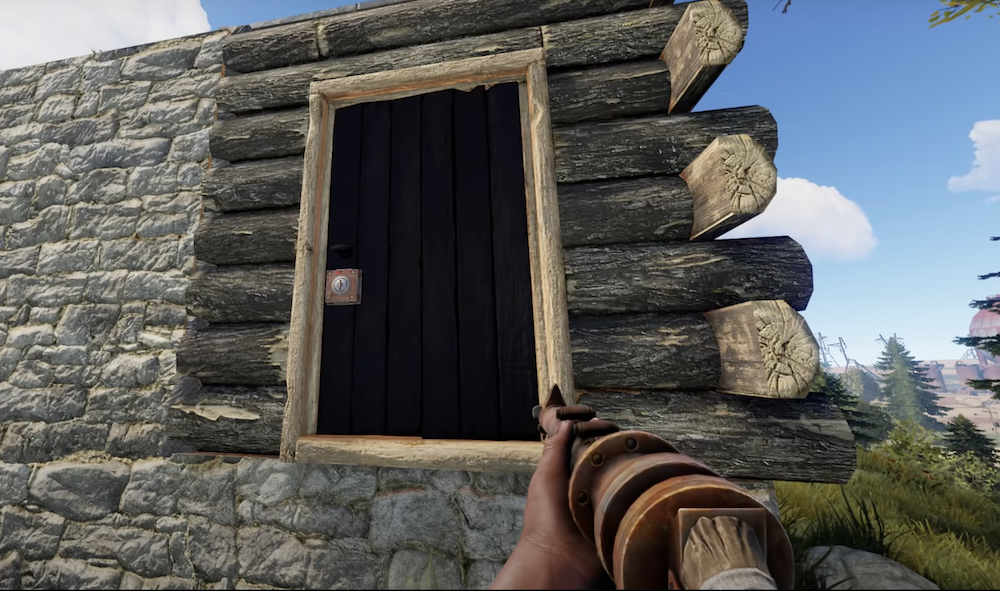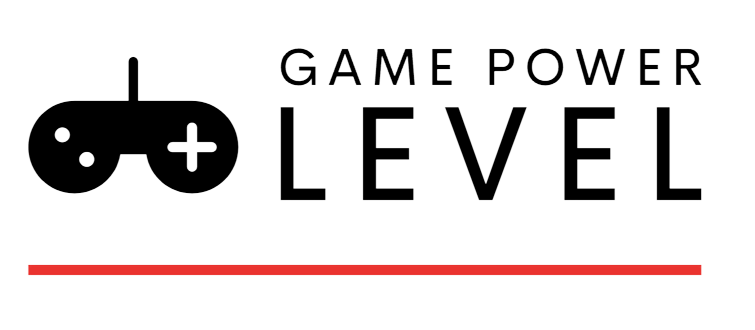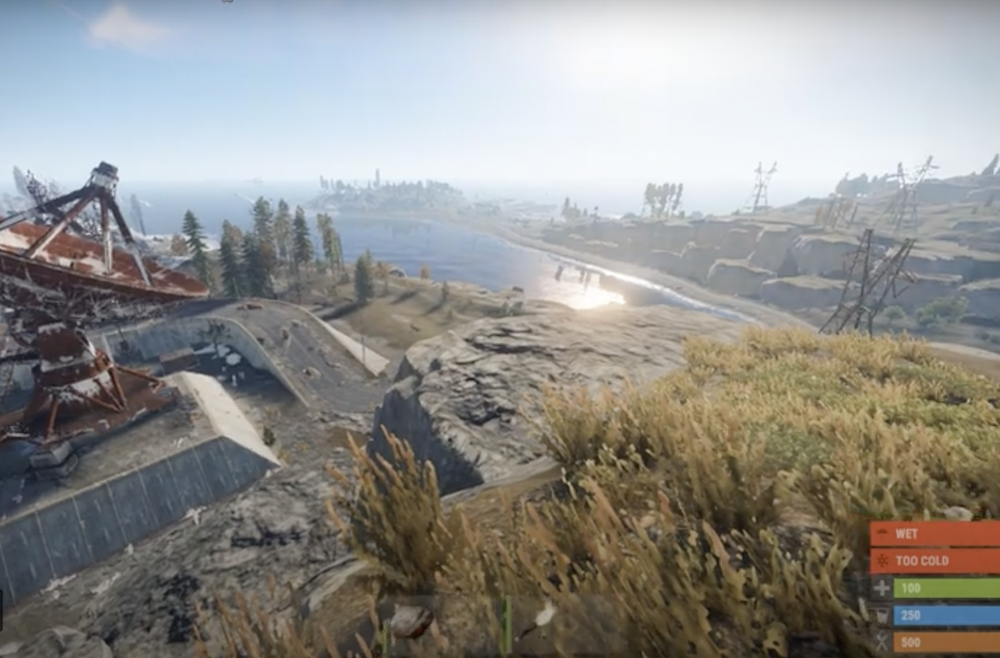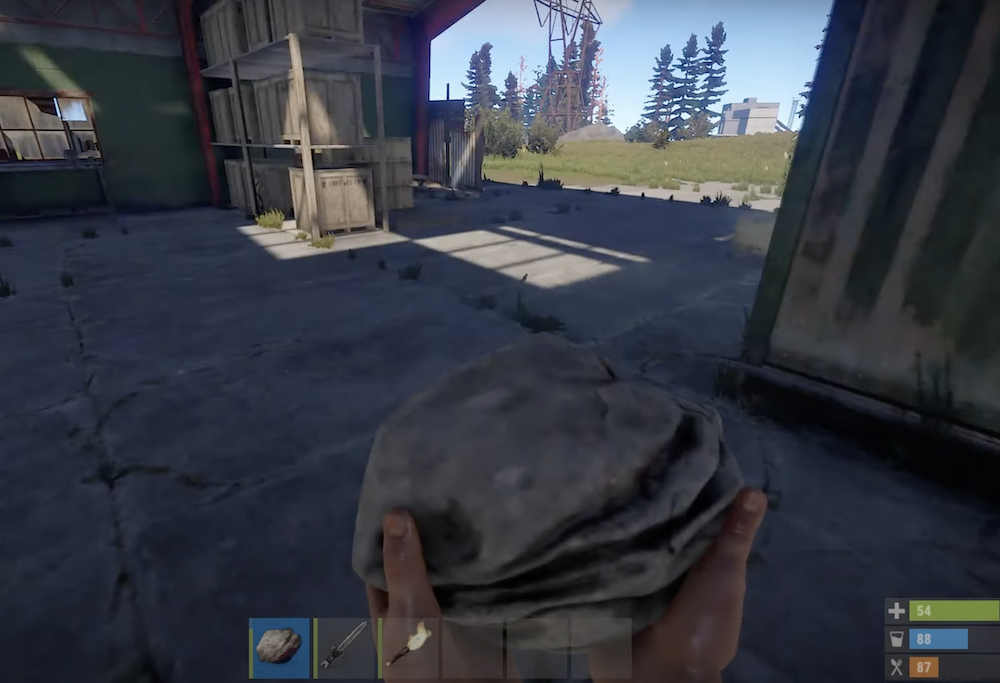How to Build in Rust for Beginners

If you're new to the world of Rust and you're wondering how to build in Rust, look no further. We've broken down some of the essential elements of the Rust, yet effective steps. In this article, we'll discuss Fortify and Twig Tier components, Rotating walls with a Hammer, and how to choose a terrain. Using the right language is essential if you want to build the kind of complex structure that will be useful in the future.
Fortify
If you are looking for an easy way to use Fortify in Rust, then read on!
Fortify is a base designer for Rust. Quickly plan your base with lots of helpful tools and up to 3 other friends. See stability, raid durability and get a resource count with upkeep. Frequently updated with Rust changes and new features.
The interface is easy to learn and use. The Fortify application uses the same parts and placement rules as Rust, but offers additional features to make base design faster and easier. For example, it shows how much resource is required to construct a certain building, how many resources it will take, and the calculated stability of your design. Fortify also supports the Copy-Paste Oxide plugin to import and export designs to a modified Rust server.
Twig Tier components
Compared to higher tiers, Twig Tier components in Rust have a decent health. A single component has around 250 health and is very vulnerable to damage. You can only build these components on Wood or Twig Tier bases. Also, they can be upgraded using the Hammer, which cost Metal Fragments. The most optimal way to upgrade Twig Tier components is to use Stone, Wood, or Armored Tier foundations.
Building structures in the Twig Tier requires a Building Plan, and there is no downgrading this building component using the Hammer. It's the main foundation for base design. It has a health of 10, and it is vulnerable to all types of damage. As a result, it's recommended to build Twig Tier buildings if you plan to build many structures. If you're concerned about raiding, you should consider using this building type.
Building structures in the Twig Tier requires the use of a hammer. Hammers are essential for upgrading a twig. If you're unable to rotate a wall, you can use the hammer to turn it. Rotating a structure will give you more flexibility in how you build it. It's a core mechanic in Rust. This way, you can build more complex structures faster.
Building structures in the Twig Tier requires a Hammer, and the upgrade paths are displayed when they're highlighted. You can also hold your right-click to open upgrade paths. Twig components are the foundation of a building, and cost wood to build. But be careful as they're extremely fragile and weak - 10 health per object is extremely fragile and prone to all types of damage. For this reason, you'll need to build Twig components only if you have plenty of wood to spare.
Rotating walls with a Hammer
One of the best tips for rotating walls when building in Rust is to remove all materials from your cupboards. Rotating walls is an important skill, because decay can sometimes work to your advantage. Before building walls, you should remove all materials from your cupboards to avoid auto-repair. Also, many players recommend upgrading the wall to a higher material tier than the one you are using right now.
To rotate a wall with a Hammer, press R on its surface. The soft side has less health and needs to face inwards. You can rotate a wall again with a Hammer if you misplace it. You can also rotate a wall with a hammer after upgrading it to make it face inwards. This way, you can rotate walls in a new direction and fix any mistakes.
Although Rust has an intense PvP aspect, players can also use walls to their advantage. Wood and stone walls degrade in about an hour, while armored walls take about twelve hours to degrade. Rotating walls with a Hammer can be very helpful in situations when walls aren't working properly. While this feature is useful, it is not recommended for the casual player. If you're a newbie at Rust, don't use it.
After selecting a Hammer, you'll see a new control overlay that shows you how to use the tool. To place an object, press the left mouse button. After this, you'll see a list of objects that can be placed. You can also use the Hammer to upgrade a structure by pressing the corresponding number. Make sure you're using the correct raw material before you do this.
Choosing a terrain
Choosing a terrain to build in Rustam is very important in this survival game, as any piece of land will have an impact on the construction system you use. When you start, you should seek out about 2000-3000 pieces of wood, which is an ideal starting amount to get started. As with any other build, you need to consider specialization and the law of probability to make the best decision when choosing a terrain.
While there are many advantages to both, it is best to start with a flat area, especially if you are inexperienced. Terrains are divided into four types, each with unique advantages and disadvantages. In general, the best terrain for a base is the one that has the most available resources, such as wood and stone. However, you should avoid spawn beaches because they are not ideal for building bases.
Rust has a variety of terrains. Each one has different landmarks, rivers, lakes, and roads. In addition to this, the game includes all three biomes, each with different fauna and vegetation. The different types will affect how you build your world, so it's best to choose one that matches your style of play. You can even play the game in landscape mode if you have limited resources.



